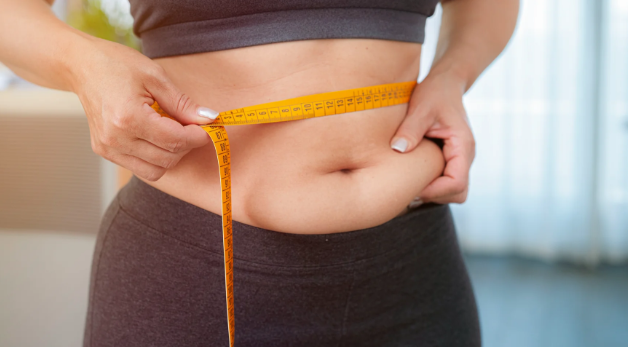Liposuction is a cosmetic procedure that targets and removes excess fat deposits. While the outcome of the process can boost confidence and reshape specific areas of the body, understanding what to expect during recovery can benefit individuals undergoing this procedure. This article explains the recovery process after liposuction, highlighting timelines, recovery tips, and factors that may influence healing.
Immediately After Liposuction
Recovery begins right after the procedure and typically occurs in a postoperative care environment. Wearing compression garments or bandages can reduce swelling and provide support to the treated area. Temporary side effects may include swelling, bruising, and mild discomfort. It’s recommended that individuals arrange transportation and someone to assist them during the initial recovery phase, as they may experience fatigue. Patients may rest for a brief period at the facility before being discharged to recover at home.
The First Week of Recovery
The first week post-liposuction is a key stage in the healing process. During this time, patients should rest and avoid strenuous activities. The treated areas may feel tender, and swelling may be more noticeable. Compression garments are usually worn during this period to help manage swelling and support tissue healing.
Light movement, such as brief walks, may be encouraged within a few days to promote blood circulation. Patients are often prohibited from engaging in demanding activities like heavy lifting or rigorous exercise. The medical professional may also implement pain management measures.
Managing Swelling and Bruising
Swelling and bruising are common aspects of liposuction recovery. They typically peak within the first week and gradually subside. Depending on the extent of the procedure, it may take weeks or months for swelling to completely resolve. To support recovery from swelling and bruising, you may want to:
- Wear compression garments to help reduce symptoms.
- Incorporate gentle movement to improve circulation and assist with recovery.
- Follow proper hydration habits, which may contribute to more effective healing.
Physical Activity During Recovery
Returning to physical activity may be a gradual process. While light movement can be reintroduced early, more demanding activities are typically delayed until the healing process progresses. After several weeks, individuals may begin low-impact exercises, like walking or yoga, if permitted. Strenuous workouts and high-impact activities are often postponed for at least four to six weeks, or longer, depending on how the body responds to healing. Following recommended guidelines for activity levels may support a smoother recovery process and reduce the risk of complications.
Long-Term Recovery Post-Liposuction
Recovery does not end once initial swelling and bruising resolve. Scars from the procedure tend to fade over time, but may be visible for several months. Lifestyle factors such as nutrition and regular physical activity may help prolong the benefits you achieved through liposuction. While the procedure removes fat cells in treated areas, it does not guard against weight gain in untreated regions.
Plan Your Recovery With Expert Help
Understanding and navigating the recovery process after liposuction can contribute to a healthier healing experience and overall satisfaction. Individuals thinking about or recovering from liposuction may benefit from additional guidance tailored to their specific needs. Reach out to schedule your consultation today and get answers to your questions from an experienced professional.

Leave a Reply